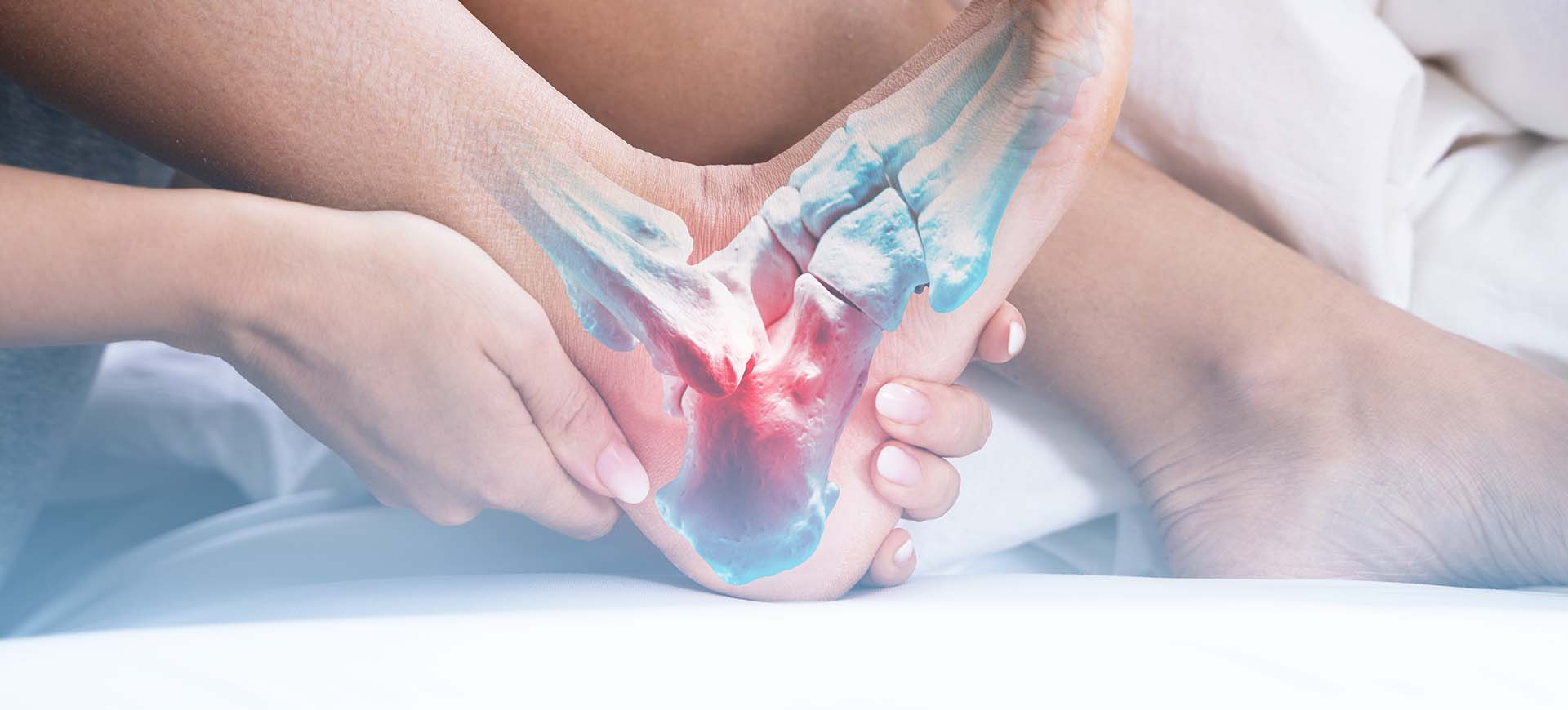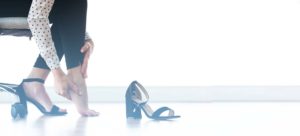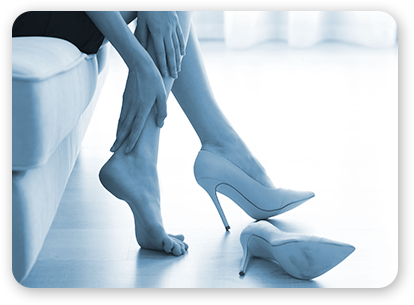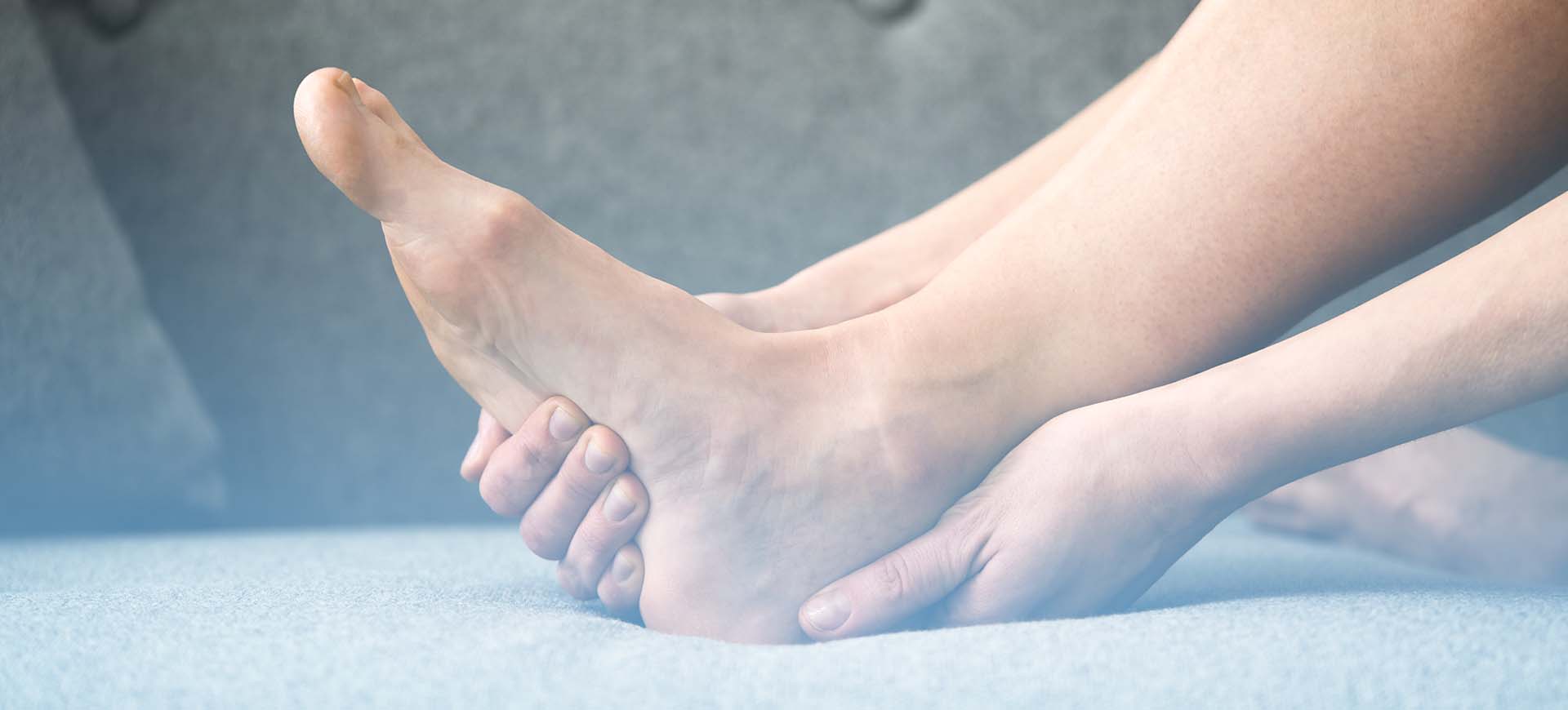What are Achilles Tendinitis and how can they be treated?
Book a Free Intro call - T: 07500 938115, E: Mrshariff-sec@outlook.com
The Sajid Shariff clinic is the leading, private orthopaedic Kent-based clinic that can help, listen and advise on a wide range of treatments for Achilles Tendinitis. Book a free Intro call with our Medical Secretary to discuss treatment options available.
What is a Achilles Tendinitis?

Book a call with one of our team
Find out how we can help you with your Achilles Tendinitis with both non-surgery and surgical treatments. Simply fill in this contact form, email Mrshariff-sec@outlook.com or call our Medical Secretary on 07500 938115.Causes of Achilles Tendinitis
Achilles tendinitis is usually not related to a specific injury. The problem results from overuse/ repetitive stress to the tendon. This may happen when the Achilles is made to do too much, too soon, or without proper warm up / warm downs but other factors can make it more likely to develop tendinitis, including:
Sudden increase in the amount or intensity of exercise: increasing the running distance by a few more miles without building up to the new distance
Tight calf (Gastrocnemius) muscles: tight calf muscles can put extra stress on the Achilles tendon especially if no warm up or warm down is performed.
Bone spur: extra bone growth where the Achilles tendon attaches to the heel bone can rub against the tendon and cause pain.
Book a call with one of our team
Find out how we can help you with your Achilles Tendinitis with both non-surgery and surgical treatments. Simply fill in this contact form and our Medical Secretary will be in touch to schedule a time that works for you.Testimonials
Different types of Achilles Tendinitis
Noninsertional Achilles Tendinitis
In noninsertional Achilles tendinitis, fibers in the middle portion of the tendon have begun to break down with partial tears (degeneration), swelling, and thickening. Tendinitis of the middle portion of the tendon commonly affects younger, active people.

Insertional Achilles Tendinitis
Insertional Achilles tendinitis involves the area of the heel where the tendon attaches (inserts) into the heel bone. Tendinitis that affects the insertion of the tendon can occur at any time, even in patients who are not active. More often than not, however, it comes from years of overuse (runners, footballers and rugby players). Bone spurs (extra bone growth) often form at the insertion point at the heel with insertional Achilles tendinitis.
Symptoms of Achilles Tendinitis
Common symptoms of Achilles Tendinitis include:
- Pain and stiffness along the Achilles tendon in the morning
- Pain along the tendon or back of the heel that worsens with activity
- Severe pain the day after exercising
- Thickening of the tendon
- Bone spur (insertional tendinitis)
- Swelling that is present all the time and gets worse throughout the day with activity
If you have experienced a sudden “pop” in the back of your calf or heel, you may have ruptured (torn) your Achilles tendon. See your doctor immediately if you think you may have torn your tendon.
Kent’s Holistic Foot & Ankle specialists
The Sajid Shariff clinic is a private orthopaedic clinic based in SE London and Kent that specialises in surgical and non-surgical treatment of foot and ankle conditions including achilles tendinitis, bunions, ankle sprains, plantar fasciitis and .
Keep an eye on the shape of your feet; if you see changes see a doctor to find out if there are any recommendations to prevent hallux valgus from forming

Strengthen your feet by exercising them

Wear shoes that fit your feet well and offer good support

Try to avoid shoes that have a heel or pointed toe
Tests & Examinations for Achilles Tendinitis
There are various tests available for Achilles TendinitisTests
Imaging tests may be required to view the Achilles for tendonitis, calcification or rupture.
X-Rays
X-rays can show whether the Insertional area of the Achilles tendon has calcified, or become hardened. In cases of severe Non insertional Achilles tendinitis, there can be calcification in the mid-portion of the tendon.
Magnetic Resonance Imaging (MRI)
An MRI scan can show the severity of the pathology (abnormality) in the tendon. MRI scans can also demonstrate other conditions such as Retrocalcaneal bursitis, Haglund deformities and in the case of an Achilles tendon rupture - the level of the tear.
Treatments options for Achilles Tendinitis
Non Surgical Treatments
Nonsurgical options are first line treatments and in most cases will provide pain relief, although it may take a few months for symptoms to subside. Even with early treatment, the pain may last longer than 3 months. If the pain has been present for several months before seeking treatment, it may take 6 months before the treatment methods take effect.
Rest: The first step in reducing pain is to decrease or even stop the activities that worsen the pain. Stopping high-impact exercises (such as running) and switching to low-impact activities will put less stress on the Achilles tendon. Cross-training activities such as biking, elliptical exercise, and swimming are low-impact options to allow you to stay active.
Ice: Placing ice on the most painful area of the Achilles tendon is helpful and can be used as needed throughout the day.
Non-steroidal anti-inflammatory medication: Drugs such as ibuprofen and naproxen (check with GP if you are on other medications or if using these drugs for more than a month) help to reduce pain and swelling. They do not reduce the thickening of the degenerated tendon.
The following exercises can help to stretch the calf muscles and reduce stress on the Achilles tendon.
- Eccentric Stretching Protocol – Eccentric stretching aims to stretch the calf muscle.
- Bilateral heel drop – Stand at the edge of the bottom step of a stair or a platform with just the front half of your foot. This position will allow your heel to move up and down. Care must be taken to ensure that you are balanced correctly to prevent falling and injury. Be sure to hold onto a railing or bannister to help you balance. Slowly lower your heels to the lowest point possible by bending at the ankle (dorsiflexion). Hold the position for 30-60 seconds and relax. Repeat this exercise 20 -30 times. A strong pull in the calf should be felt during the stretch. This exercise should be done in a slow, controlled fashion. Rapid movement can create the risk of damage to the tendon. As the pain improves, you can increase the difficulty level of the exercise by holding a small weight in each hand.
- Single leg heel drop – This exercise is performed similarly to the bilateral heel drop, except that all your weight is focused on one leg. This should be done only after the bilateral heel drop has been mastered.
Physiotherapy: Physiotherapy is very helpful in treating Achilles tendonitis and a physiotherapist can guide the stretching exercise programme. It has proven to work better for noninsertional tendonitis than for insertional tendonitis.
Supportive shoes and orthotics – Pain from insertional Achilles tendinitis is often helped by certain shoes, as well as orthotic devices. For example, shoes that are softer at the back of the heel can reduce irritation of the tendon. In addition, heel lifts can take some strain off the tendon.
Heel lifts are also very helpful for patients with insertional tendonitis because they can move the heel away from the back of the shoe, where rubbing can occur. They also take some strain off the tendon. Like a heel lift, a silicone Achilles sleeve can reduce irritation from the back of a shoe.
If your pain is severe, your doctor may recommend a walking (airboot) boot for a short time. This gives the tendon a chance to rest before any therapy is begun. Extended use of a boot is discouraged, though, because it can weaken your calf muscle.
Extracorporeal shockwave therapy (ESWT) – During this procedure, high-energy shockwave impulses stimulate the healing process in damaged tendon tissue. ESWT is noninvasive—it does not require a surgical incision and there is minimal risk involved.
PRP (platelet) Injections – may be tried before considering surgery.
Cortisone – a type of steroid, is a powerful anti-inflammatory medication. Cortisone injections into the Achilles tendon are rarely recommended because they can cause the tendon to rupture (tear).
Surgical Treatments
Gastrocnemius recession. This is a surgical lengthening of the calf (gastrocnemius) muscles. Because tight calf muscles place increased stress on the Achilles tendon, this procedure is useful for patients who still have difficulty flexing their feet, despite consistent stretching.
In gastrocnemius recession, one of the two muscles that make up the calf is lengthened to increase the motion of the ankle. Complication rates for gastrocnemius recession are low, but can include nerve damage.
Débridement and repair (tendon has less than 50% damage). The goal of this operation is to remove the damaged part of the Achilles tendon. Once the unhealthy portion of the tendon has been removed, the remaining tendon is repaired with sutures, or stitches to complete the repair.
In insertional tendinitis, the bone spur is also removed. Repair of the tendon in these instances may require the use of anchors to help hold the Achilles tendon to the heel bone, where it attaches.
After débridement and repair, most patients are allowed to walk in a removable boot or cast within 2 weeks, although this period depends upon the amount of damage to the tendon.
Débridement with tendon transfer (tendon has greater than 50% damage). In cases where more than 50% of the Achilles tendon is not healthy and requires removal, the remaining portion of the tendon is not strong enough to function alone. To prevent the remaining tendon from rupturing with activity, a tendon transfer is performed. The tendon that helps the big toe FHL – Flexor Hallucis Longus) point down is moved to the heel bone to add strength to the damaged tendon. Although this sounds severe, the big toe will still be able to move, and most patients will not notice a change in the way they walk or run.
Frequently asked questions (FAQs)
Are there any risks with Ankle Tendon Surgery?
As with any surgery, there are associated risks. If you are overweight, smoke or not active, you are at greater risk of developing complications after surgery and it may take longer to recover.
Infection: Superficial wound infections are treated by antibiotics and rarely wounds can become more deeply infected and require further surgery.
Stiffness or persistent pain in the foot. In very few cases, nerves may be damaged, which could lead to chronic pain that may be worse than the pain before surgery.
A low risk of a blood clot in the leg or deep vein thrombosis (DVT).
How long will I spend in hospital or on treatment after surgery?
Most patients having achilles surgery will either go home the same day or spend one night in hospital.
You can expect to be up and active the day after surgery by completing normal everyday tasks such as walking around and getting dressed but you will need to strictly rest and elevate the foot for 10 to 14 days after surgery.
It may take up to one year to recover fully from achilles surgery and rarely longer.
A very small number of people will continue to experience pain after surgery.
When can I start to drive?
You may start driving again after about six to eight weeks or earlier if you have an automatic car. You must be able to make a safe emergency stop before resuming driving.
Can keyhole (minimally invasive) surgery be performed?
Currently the studies show that there are 2x the number of complications with a keyhole operation than open surgery, these complications include non-union (bone fails to heal) and nerve damage. Such complications are rarely seen with open surgery. Mr Shariff has been on 3 visits to Europe to attend minimally invasive bunion courses and may consider using these techniques when the results improve
What is the cost of Achilles Surgery if I self pay?
The cost of surgery depends on the hospital. Most hospitals offer a package that includes the anaesthetist and surgeons fees as well as the hospital costs.
Results & Next steps
Recovery.
Most patients have good results from surgery. The main factor in surgical recovery is the amount of damage to the tendon. The greater the amount of tendon involved, the longer the recovery period, and the less likely a patient will be able to return to sports activity. Physical therapy is an important part of recovery. Many patients require 12 months of rehabilitation before they are pain-free.
Complications.
Moderate to severe pain after surgery is noted in 20% to 30% of patients and is the most common complication. In addition, a wound infection can occur and the infection is very difficult to treat in this location.




